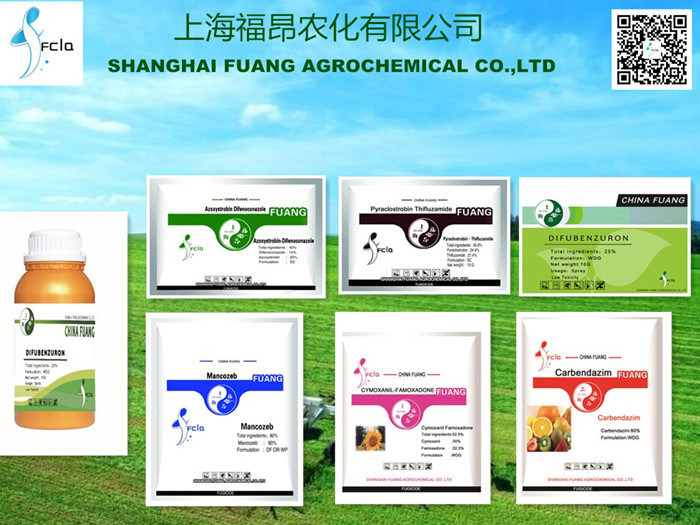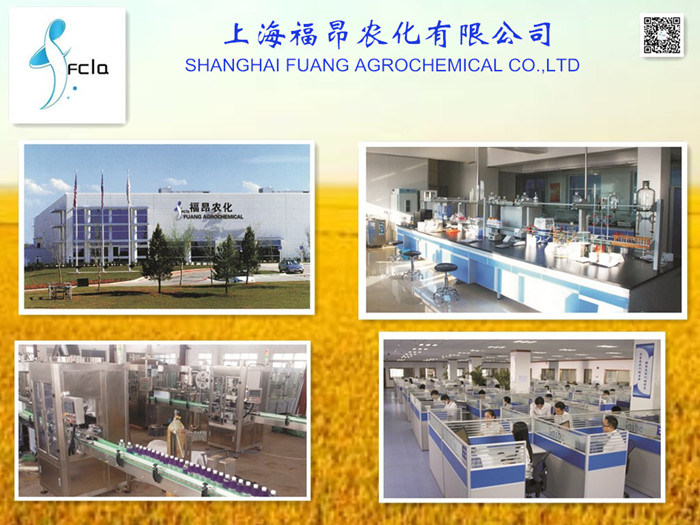According to the different characteristics of the handle, lid, bottom, shape and other parts of the teapot, there are more than 200 basic types of teapots. Tea Pots,Vintage Tea Pots,Small Teapots,Animal Teapots The universe in the stone is great , https://www.zdsarts.com
Product Description
Decamethrin is a synthetic compound that modulates sodium channels in the nerve cell membrane.This compound can keep the Na+ channels in an open state for a long time resulting to hyperactivity of the nervous system in mammals and insects.Deltamethrin can increase neurotransmitter release which is associated with elevated levels of intrasynaptosomal free Ca2+ and protein phosphorylation activities.Research shows that in the presence of increasing concentrations of deltamethrin,and GH-I significantly decreased in rainbow trout.Deltamethrin is an inhibitor of PP2.
Â
Common name
Deltamethrin/Decamethrin/Decis
Chemical name
(S)-α-cyano-3-phenoxybenzyl(1R,3R)-3-(2,2-dibromovinyl)
-2,2-dimethylcyclopropanecarboxylate
CAS No
52918-63-5
Molecular formula
C22H19Br2NO3
Description
1.Melting Point:100-102°C
2.Vapour Pressure:1.24x10-5 mPa(25°C)
3.Molecular weight:505.2
4.Solubility :In water <0.2 ug/l (25C).In dioxane 900,
Cyclohexanone 750, dichloromethane 700, acetone 500, benzene 450,
Dimethyl sulfoxide 450, xylene 250, ethanol 15, isopropanol 6
(all in g/l, 20C).
5.Stability :Extremely stable on exposure to air.Stable 190C.
Under u.V.Irradiation and in sunlight, a cis-trans isomerisation,
Splitting of the ester bond, and loss of bromineCcur.More stable
In acidic than in alkaline media;DT502.5 d (pH 9, 25C).
Toxicity
MAMMALIAN TOXICOLOGY
Oral:Acute oral LD50 for rats ranges from 135->5000 mg/kg,
Depending upon carrier and conditions of the study;
For dogs >300 mg/kg.Acute oral LD50 for formulations in
Rats:>2000 mg (of 15 g/l EC)/kg;445 mg (of 25 g/l EC)/kg;
>5000 mg (of 5Â g/l UL)/kg;>16 000 mg (of 25 g/kg WP)/kg;
>40 000 mg (of 25 g/l SC)/kg.
Skin and eye:Acute percutaneous LD50 for rats and rabbits >2000 mg/kg.
Non-irritating to skin;Mild eye irritant (rabbits).
Inhalation:LC50(4 h) for rats 2.2 mg/l air;(1 h) >4.6 mg/l air (micronised).
NOEL:(2 y) for mice 12, rats 1, dogs 1Â mg/kg b.W.
ADI:0.01 mg/kg b.W.
Other:Non-mutagenic and non-teratogenic (mice, rats, rabbits).
Toxicity class:WHO (a.I.) II;EPA (formulation) II
ECOTOXICOLOGY
Birds:Acute oral LD50 for mallard ducks >4640 mg/kg.Dietary LC50 (8 d)
For mallard ducks >8039, quail >5620 mg/kg diet.NOEL for reproduction
For mallard ducks >70, bobwhite quail >55 mg/kg daily.
Fish:Toxic to fish under laboratory conditions;LC50(96 h) for rainbow
Trout 0.91, bluegill sunfish 1.4 ug/l.Not toxic to fish under natural conditions.
Daphnia LC50 (48 h) 3.5 ug/l.
Algae:EC50(96 h) for algae (Selenastrum capricornutum) >9.1 mg/l.
Low LD50 and LC50 values under laboratory conditions do not represent a
Significant hazard to aquatic fauna in normal field use.
Bees:Toxic to bees, LD50 (oral) 79 ng/bee;(contact) 51 ng/bee.
Low LD50 and LC50values under laboratory conditions do not represent
A significant hazard to bees in normal field use.
Worms:LC50(14 d) for earthworms >1290 mg/kg soil.
Mode of action
Non-systemic insecticide with contact and stomach action.Fast-acting.
Function
A potent insecticide, effective by contact and ingestion against a wide
Range of pests.Crop protection uses include:Coleoptera (2.5-7.5 g/ha),
Heteroptera (5.0-7.5 g/ha), Homoptera (6.2-12.5 g/ha), Lepidoptera
(5.0-21 g/ha) and Thysanoptera (5-10 g/ha) in cereals, citrus, cotton, grapes,
Maize, oilseed rape, soya beans, top fruit and vegetables.It controls Acrididae
(5.0-12.5 g/ha), and is recommended against locusts.Soil surface sprays
(2.5-5.0 g/ha) control Noctuidae.It is used against indoor crawling and flying
Insects (12.5 mg/m2) and pests of stored grain (0.25-0.5 g/t) and timber
(Blattodea, Culicidae, Muscidae).Dip or spray (12.5-75 mg/l), and pour-on (0.75 mg/kg b.W.) applications give good control of Muscidae, Tabanidae,
Ixodidae and other Acari on cattle, sheep and pigs, etc.

Contact Us: Yukin Zhang
Â
Â
Â
Address: SHANGHAI FUANG AGROCHEMICAL CO.,LTD
Add: 11B Xuizhong buliding No818 Dangfang Road, Shanghai 200122 China
Web: www.chinafuang.com Â
According to the shape of the handle:
Side lift pot: The handle is ear shaped, opposite the spout.
Handle pot: The handle of the pot is in a rainbow shape above the lid.
Flying Pot: The handle of the pot is above one side of the pot, flying in a colorful ribbon.
Handle pot: The handle of the pot is like a handle, at a right angle to the body of the pot.
No handle pot: no handle, hold the head of the pot to pour tea.